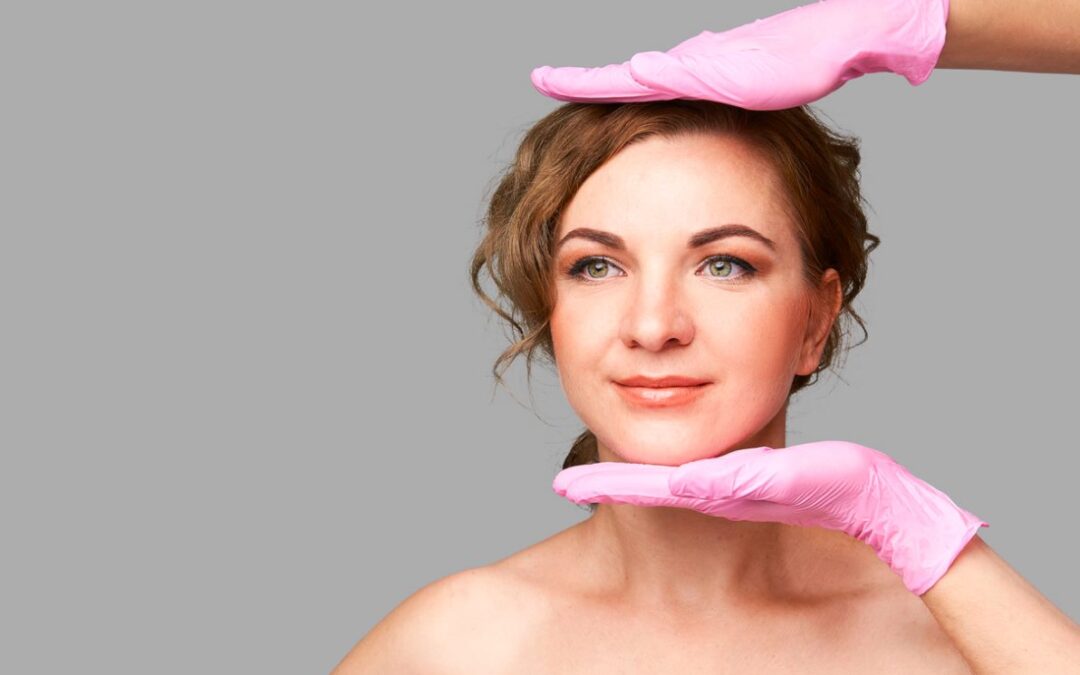In our complex world of Nutrition and the importance of looking after both our health and our skin, we now understand and acknowledge that in a very huge part food, enzymes, minerals, and vitamins are important components of nutrition and play major roles in how we feel and look. Zinc in particular plays a crucial role in the normal functioning of the immune system and deviancies can show up on our skin in the form of dermatitis, stretchmarks, and acne etc. Zinc is found in high amounts in the skin and has a close relation to progesterone and testosterone plus an alliance with copper which is closely related to Oestrogen. When one is out of balance the other will rise or during a bacterial/ viral infection Zinc and copper can become deficient. Both have an antagonistic and synergistic relationship; they can oppose each other /or work together. Zinc inhibits histamine release so can help reverse histamine intolerance alongside Vitamin B6 and Vitamin C and copper. During puberty rapid development requires zinc and at times growth spurts can lead to a deficiency. The skins oil glands are regulated by zinc so a deficiency can steer towards a dry flaky, acne and delayed wound healing skin.
The basics,
Zinc plays numerous roles in the body and is an important essential mineral for over 3000 enzymes/ activity in the body. Although considered a trace element, in the actual cell itself, zinc is incorporated as a cofactor more often than many other essential vitamins and the concentration is just as high as that of ATP, the energy currency of the cell. It’s found in high concentrations in the eyes and highly concentrated in the skin, followed by the prostate, bones, liver, kidneys, muscles, heart, spleen, brain and adrenals.
The most common uses of Zinc in our system include
- Antioxidant activity
- Cell division
- DNA synthesis
- Growth and development
- Immune function
- Protein synthesis
- Wound healing
What happens when zinc is too low
- Psoriasis
- Skin blemishes and rashes
- Slow wound healing
- Dermatitis
- Diabetes: zinc is needed for insulin storage. The more insulin, the more zinc is needed
- Changes in taste and sense of smell, to protein.
- Vision problems
- Skin Ulcers
- Viruses: zinc is antiviral, a zinc deficiency is associated with a decrease in immune response and increased susceptibility to viral infection.
- Strech marks: zinc is necessary for skin health because it helps in protein synthesis and collagen production. Stretch marks are due to the breaking of the skin collagen tissue resulting in scars. this can happen during pregnancy, weight loss or weight gain. Note the differences in stretch marks, an absolute deficiency of zinc will show up as purple and red whilst a relative deficiency will show up a white or silver colour
White spots on fingernails. most commonly see in a relative zinc deficiency, more of a high copper toxic issue which will eliminate ZINC.
Individual requirements for zinc depend on many factors such as stress, medications, illness, and diet (vegetarians have a higher need). Supplementation should also consider all the synergistic and antagonistic nutrients.
Cobalt, Lead, Chromium, mercury, selenium, calcium, copper, phosphorus, iron, manganese, nickel, and cadmium. Excessive intake of these, or accumulation (toxicity) can affect zinc levels. On the other hand, too much zinc taken over time can produce a deficiency of chromium, copper, iron, or manganese.
Vitamins antagonistic to zinc are B1, B10, inositol, B12, Vitamin D and too much vitamin E.
Nutrients synergistic with zinc are magnesium, manganese, iron, phosphorus, vitamin A, B6, B3, B5, B1 and vitamin E. Some nutrients are both antagonistic and synergistic, for example copper can be synergistic metabolically with zinc because both are needed for normal collagen synthesis integrity. But in high amounts copper antagonizes zinc. Similarly high amounts of zinc can be toxic and can lead to hypercholesterolemia, infections, anaemia and scurvy like symptoms
Siobhan Advanced Diploma nutritional medicine
(1) https://butternutrition.com/hair-tissue-mineral-analysis-significant-ratios/
(2) https://www.traceelements.com/Docs/The%20Nutritional%20Relationships%20of%20Zinc.pdf
(3) Dr. Lee “What your doctor may not tell you about menopause”


Recent Comments